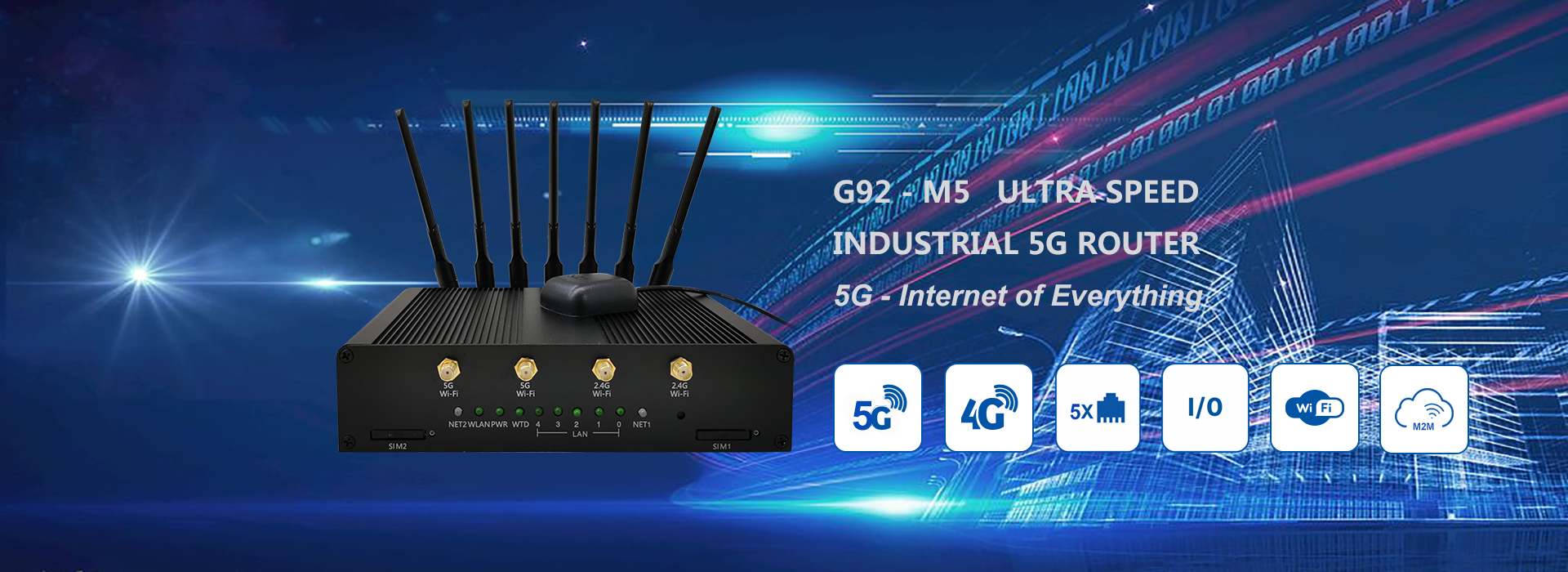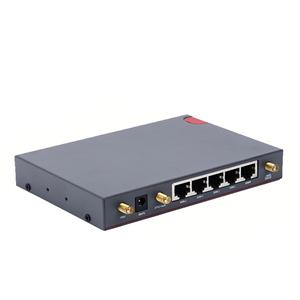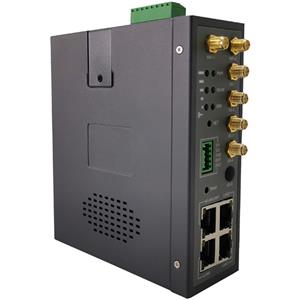5G Industrial Router Transmission Functions and Features
5G Industrial Router Transmission Functions and Features

Why industrial routers can complete sensor access and why can data be transmitted? What are the characteristics of industrial routers? This is a question that everyone is very interested in. Today, I will take you to understand the composition of industrial routers and how to use them. To help everyone better understand it.
Homtecs M2M industrial router adopts high-performance industrial-grade 32-bit communication processor to provide secure and high-speed wireless connection for remote equipment and site networking. It has LAN ports, WAN port, Serial port and I/O Interface. (Optional), the serial port adopts the terminal form to better meet the requirements of industrial field wiring and meet the access of sensor equipment. At the same time, it has a built-in 5G module and can use 5G / 4G wireless network to transmit data for remote monitoring purposes.
Homtecs M2M industrial 5G routers are generally more stable than the civilian-grade wireless routers on the market. They are more suitable for continuous work in harsh weather environments, and the cost is higher. At present, it is widely used in the M2M industry in the IoT industry chain, such as smart life, smart grid, smart transportation, industrial automation, smart buildings, public safety, environmental monitoring, smart agriculture and other fields.
Features of industrial routers
1. Functional positioning: Industrial-grade routers have superior performance in this respect, and can meet the needs of more people accessing the Internet at high speed. Most industrial-grade routers use dedicated processors with high-frequency networks. They have strong data processing capabilities, longer transmission distances, and larger coverage areas, which can greatly improve network transmission speeds and throughputs, and their operation is very stable.
2. Most of the industrial-grade routers with high forwarding performance and high bandwidth are used for data transmission and other functions, and there are hundreds of them. If you want to meet the wireless Internet access needs of so many people at the same time, then the router's forwarding There are high requirements for performance and capacity, while home routers have low density, low signal strength, small coverage, and limited forwarding performance and capacity.
3. The product design is suitable for long-term use: Generally, when using a router, it will not be used for too long, so the router will have a lot of time to "rest". However, industrial routers are different when using routers. Due to the work requirements, most of the time even the router needs to run for 24 hours, which puts forward higher requirements for the industrial design of the router.
4. Rich routing protocols: Industrial routers generally have multiple security services, such as SNMP, static routers, policy routers, and unified management protocols. Through these protocols, industrial routers can ensure the safe operation of the network and protect user data from being steal.
The above is a detailed explanation of the access, data transmission and characteristics of the Industrial Router. As an important transmission equipment in the field of Internet of Things, the use of industrial routers is being widely used.




